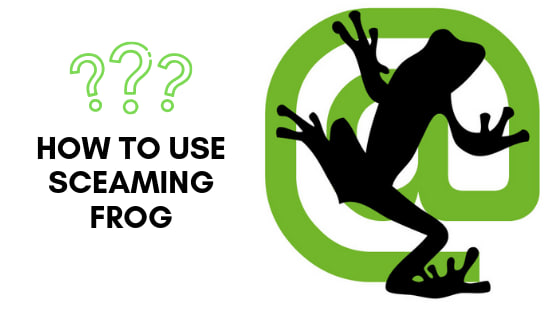Screaming Frog SEO Spider is one of the most powerful and popular tools in the SEO community It’s widely regarded as an invaluable tool for website audits, identifying technical SEO issues, and ultimately boosting your website traffic. We will explain how Screaming Frog SEO Spider works and how it can help you drive more organic traffic to your website by identifying issues, optimizing your site’s structure, and improving its visibility on search engines. When it comes to improving website traffic and SEO performance, having the right tools is essential.
What is Screaming Frog SEO Spider?
Screaming Frog SEO Spider is a desktop-based website crawling tool designed to analyze and audit your website from an SEO perspective. It crawls through your website in much the same way a search engine bot would, checking for technical issues that can affect your site’s performance and rankings. Screaming Frog helps identify problems such as broken links, missing meta descriptions, duplicate content, and issues with site speed — all of which can have a significant impact on your traffic.
The tool’s ability to crawl large websites and generate detailed reports makes it an essential part of any SEO professional’s toolkit. With Screaming Frog, you can perform in-depth SEO audits, gather valuable insights, and implement strategies that enhance your site’s SEO performance, leading to improved rankings and increased traffic.
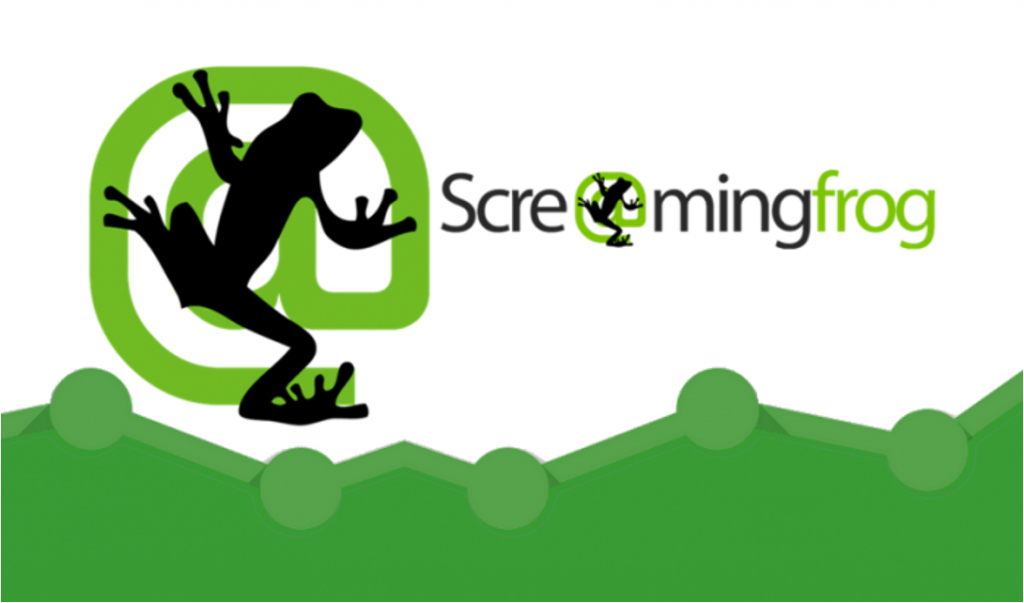
How Does Screaming Frog SEO Spider Work?
Screaming Frog SEO Spider works by crawling through a website’s pages, similar to how search engine bots like Googlebot explore a site. It collects data on different aspects of your website’s structure and identifies any issues that could be affecting its ability to rank well in search engine results pages (SERPs). Here’s a breakdown of how it works:
1. Website Crawling
The primary function of Screaming Frog is to crawl your website. It scans all the pages, images, scripts, and other elements on your site, just like Googlebot does when it indexes a website. During this crawl, Screaming Frog SEO Spider collects important data on each page, including:
- URLs: The tool records all URLs within your website.
- Meta Tags: Screaming Frog identifies meta titles and descriptions, helping you ensure they are optimized for SEO.
- Headings: It checks if your headings (H1, H2, etc.) are properly structured and used for SEO purposes.
- Internal Linking: The tool tracks your site’s internal linking structure, helping you understand how well your pages are interlinked.
- Outbound Links: It records external links pointing from your website to others.
- Images and Alt Text: Screaming Frog checks whether your images are optimized, and whether the alt text for them is present and relevant.
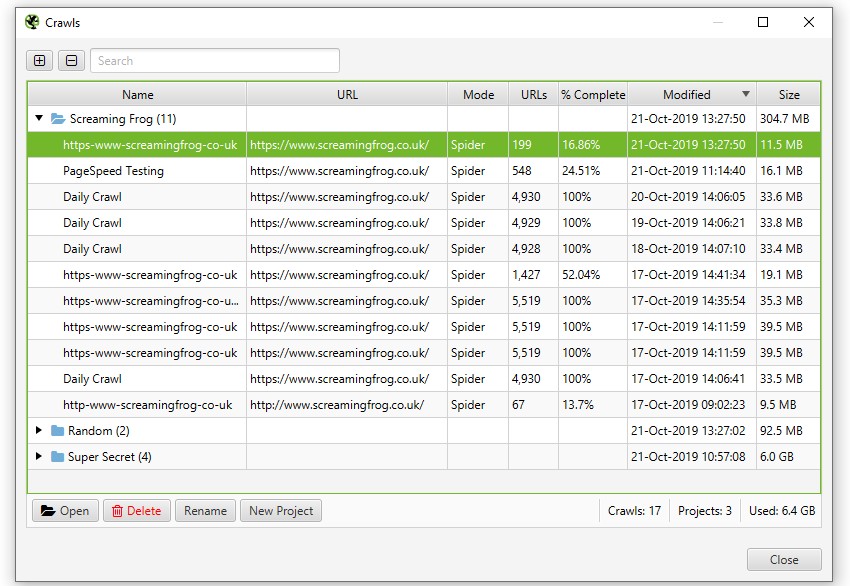
2. Technical SEO Audit
Screaming Frog SEO Spider is especially effective at helping you perform a technical SEO audit. This is an important step in any SEO strategy because it helps you identify and fix issues that might be preventing your website from ranking well or driving traffic. Some of the critical technical SEO issues that Screaming Frog can help you find include:
- Broken Links (404 Errors): Broken links hurt your website’s user experience and can result in search engines lowering your rankings. Screaming Frog SEO Spider identifies 404 errors and broken internal or external links, helping you fix them quickly to maintain site health.
- Redirects: Redirect chains or loops can harm your site’s SEO and user experience. Screaming Frog SEO Spider identifies where redirects are occurring and whether they’re implemented correctly.
- Duplicate Content: Duplicate content can cause confusion for search engines and may result in penalties. Screaming Frog SEO Spider helps you identify duplicate content issues by finding pages with the same or very similar content.
- Missing Meta Tags: Meta titles and descriptions are essential for on-page SEO. Screaming Frog SEO Spider helps you identify pages missing these tags and suggests improvements for optimizing them.
- Canonicalization Issues: Screaming Frog SEO Spider detects canonicalization problems, such as multiple versions of a page with the same content. It helps ensure that search engines know which version of a page to index and rank.
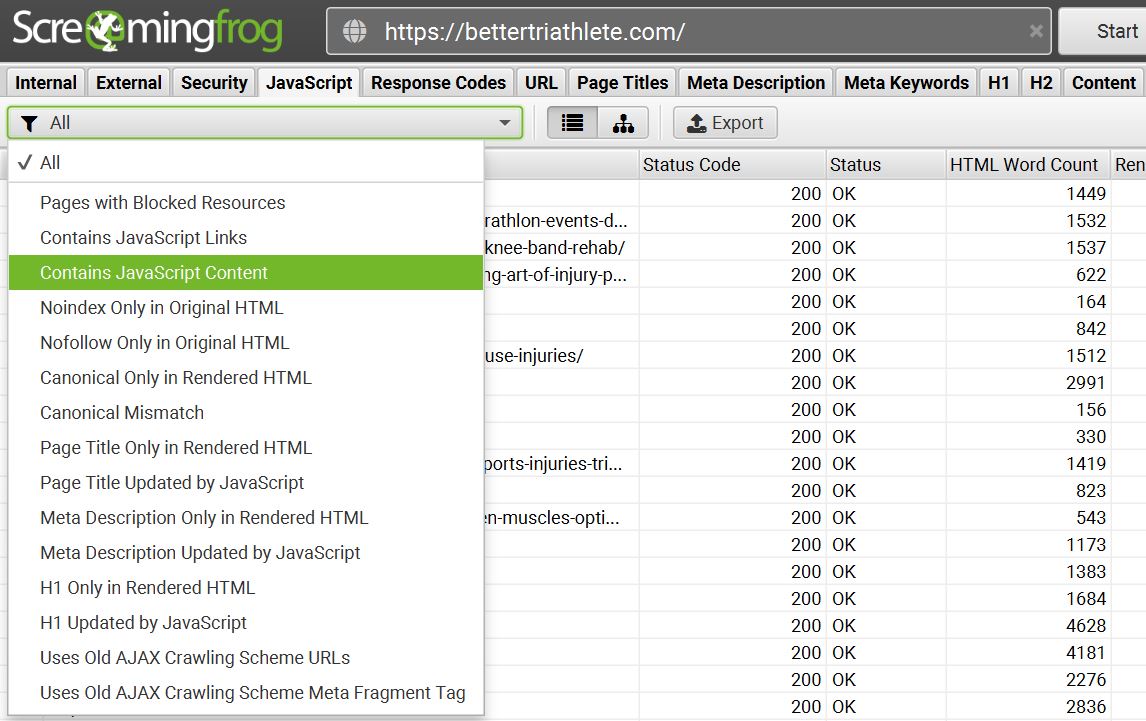
3. Optimizing Site Structure and User Experience
A website’s site structure plays a crucial role in SEO. Screaming Frog SEO Spider Spider helps you analyze the way your pages are structured and linked, ensuring that your site is well-organized and easy to navigate for both search engines and users. Some key ways it helps optimize site structure include:
- Internal Linking: By analyzing your internal linking structure, Screaming Frog SEO Spider identifies opportunities for linking related pages and boosting the SEO value of important pages. Strong internal linking helps spread link equity throughout your site and makes it easier for users and search engines to find key content.
- Depth of Pages: The tool allows you to analyze how deep the pages are within your website. Pages that are buried too deep within a website may not be crawled or indexed as effectively by search engines. Screaming Frog helps you identify these pages so you can bring them to the surface by improving your internal linking or site structure.
- XML Sitemap Generation: Screaming Frog SEO Spider can generate an XML sitemap, which is essential for helping search engines index your site’s pages. A well-structured sitemap improves crawling efficiency, ensuring that important pages are indexed and can rank in search results.
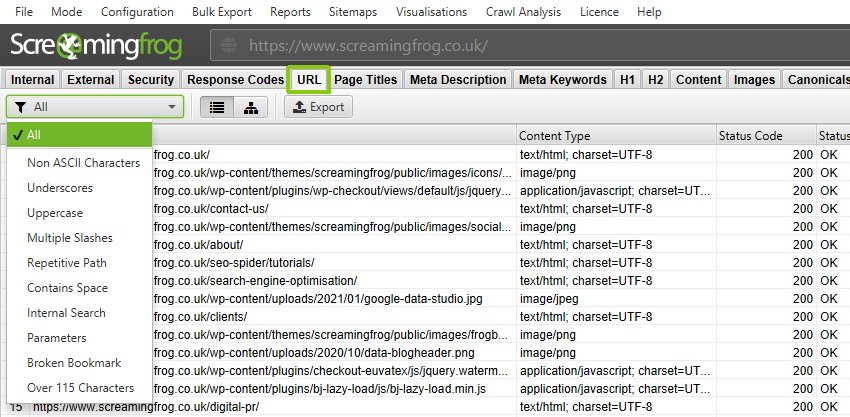
4. Content Optimization
Content is a significant factor in driving traffic to your website. Screaming Frog provides data that helps you ensure your content is optimized for both users and search engines:
- Title Tags and Meta Descriptions: Title tags and meta descriptions are crucial for SEO as they influence click-through rates in search results. Screaming Frog helps you identify pages with missing or poorly optimized title tags and meta descriptions.
- Headings (H1, H2): Properly structured headings help search engines understand the main topics of a page. Screaming Frog audits your headings to ensure they are used effectively for SEO.
- Word Count: Content length can affect SEO, and Screaming Frog provides data on word count for each page. This helps you identify whether your pages have enough content to satisfy user intent and rank well for target keywords.
How Screaming Frog Boosts Your Website Traffic
Now that you know how Screaming Frog works, let’s look at how it can directly contribute to increasing your website traffic.
1. Improving Search Engine Visibility
Screaming Frog SEO Spider helps you fix SEO issues that could be hurting your website’s visibility in search results. By fixing broken links, optimizing meta tags, and ensuring your site is easy to navigate, you improve your site’s overall SEO health. This ultimately leads to better rankings, making it more likely that your website will be discovered by search engine users.
2. Fixing Crawl Errors and Enhancing Indexing
A website with crawl errors will have pages that search engines can’t index, resulting in lost traffic opportunities. Screaming Frog helps you identify crawl errors (like 404 errors) and resolve them quickly. By improving your website’s crawlability and ensuring that all important pages are indexed, you increase your chances of ranking higher in search results, leading to more organic traffic.
3. Enhancing User Experience
By analyzing your site’s structure and identifying usability issues, Screaming Frog helps you create a better user experience. A well-structured website with minimal technical issues ensures that visitors have a smooth browsing experience. A positive user experience reduces bounce rates and increases the likelihood of users staying longer on your site, which ultimately helps your site’s rankings and traffic.
4. Identifying and Fixing Duplicate Content Issues
Duplicate content can harm your rankings by causing search engines to struggle with determining which version of a page to rank. Screaming Frog helps you find duplicate content issues and resolve them. By fixing these issues, you ensure that search engines index the most relevant pages, which boosts your rankings and traffic.
5. Optimizing Internal Links for SEO
Screaming Frog helps you analyze your site’s internal linking structure. By identifying weak or missing internal links, you can optimize the way your pages are interconnected. Strong internal linking helps spread link equity and ensures that important pages are more likely to rank higher, resulting in increased traffic.
Conclusion
Screaming Frog SEO Spider is a powerful tool for anyone looking to boost their website traffic. By performing comprehensive site audits, identifying technical SEO issues, and helping you optimize your site’s structure, Screaming Frog enables you to improve your website’s SEO health and user experience. As a result, you can improve your search engine rankings, attract more organic traffic, and ensure that your website is well-positioned for long-term success.
With its ability to crawl websites efficiently and provide in-depth insights into technical issues, Screaming Frog is an indispensable tool for any SEO professional looking to maximize their website’s traffic potential.
